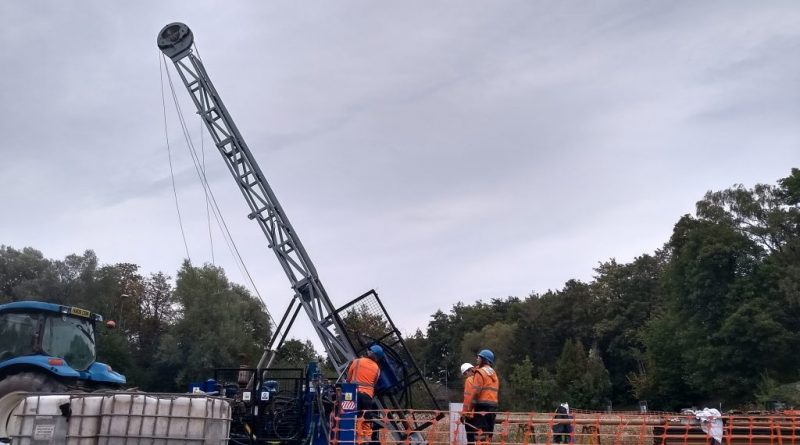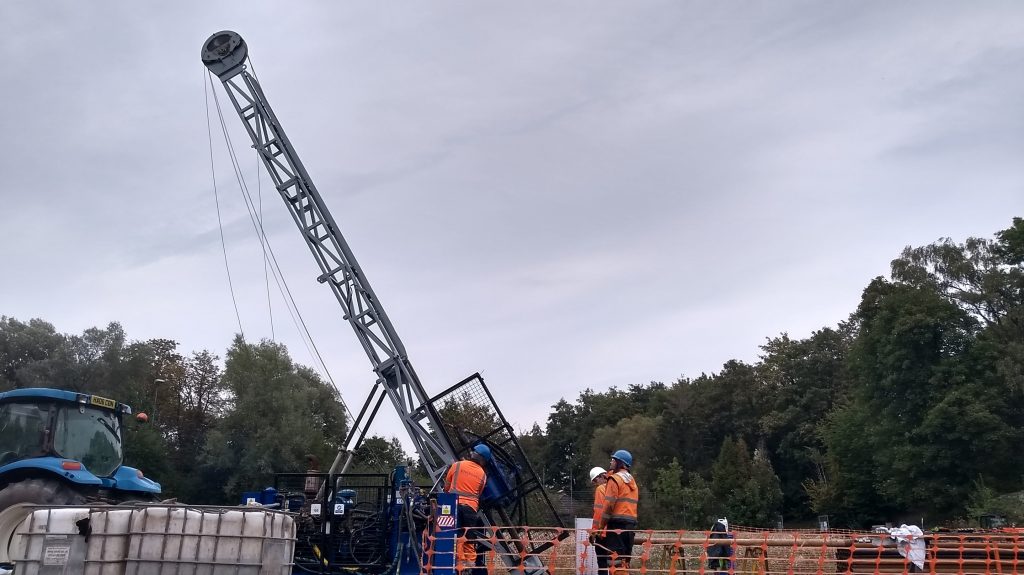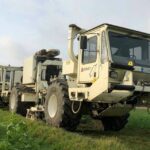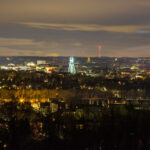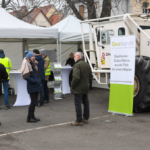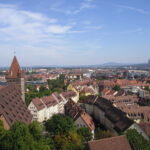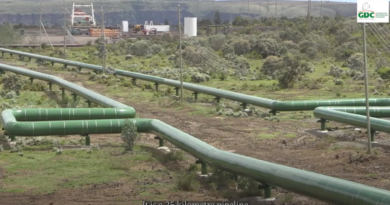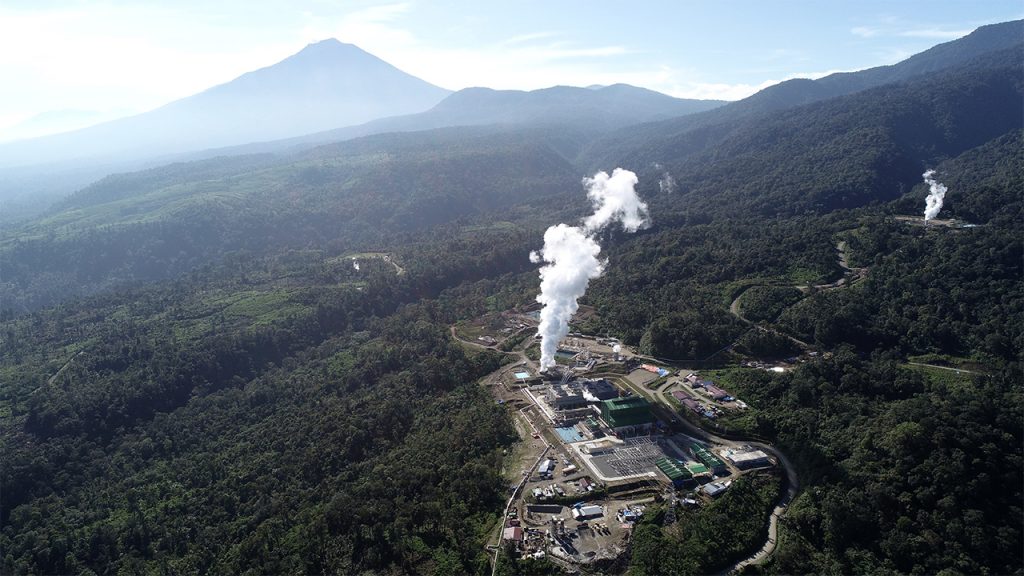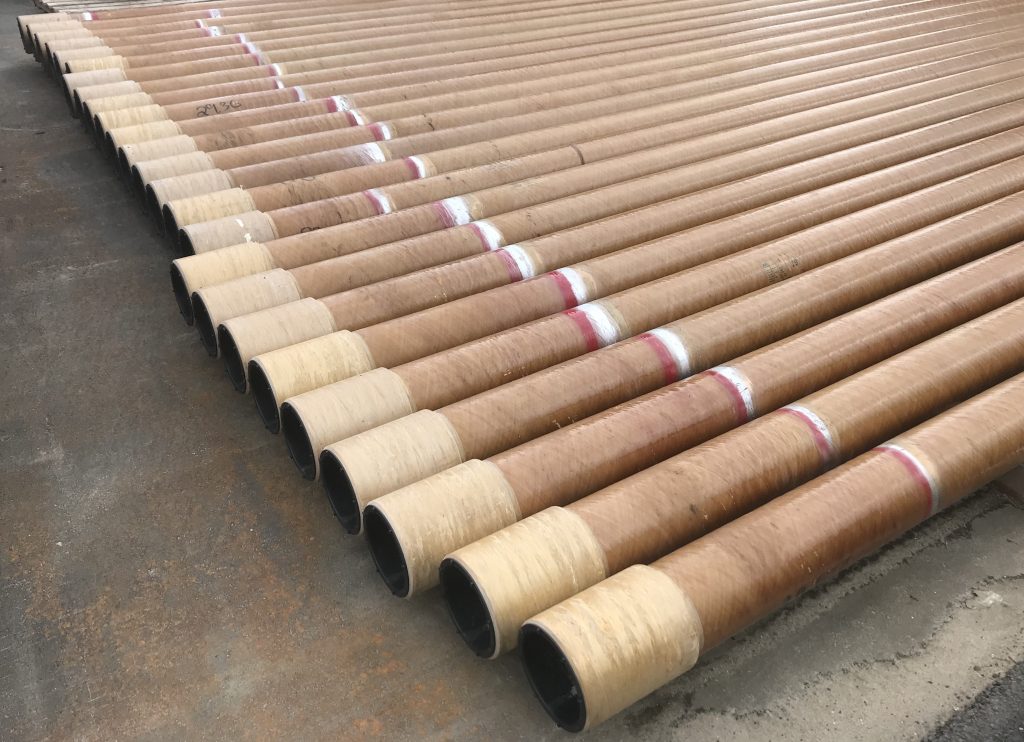Early exploration drilling started to explore geothermal heat potential in NRW, Germany
Energy Disrupter
The EU-backed DGE-Rollout project has started a drilling campaign with drill cores of an expected length of 200 meters to explore if geothermal energy could serve as a regenerative and climate-friendly form of energy in the region of North-West Europe.
This week, the partner GD NRW have started an extraordinary geological core drilling campaign. In the next four weeks, drill cores with an expected length of 200 meters are to be obtained, which will help to develop geothermal energy as a regenerative and climate-friendly form of energy.
This is part of the EU-funded Roll-out of Deep Geothermal Energy in NWE (DGE-Rollout) project that is to foster the expansion of deep geothermal energy as a climate and environmentally friendly energy resource in North-West Europe, and subsequently nurture the region´s economics and the wellbeing of the citizens. The DGE-ROLLOUT facilitates the use of deep geothermal energy as climate friendly energy resource to reduce CO2 emissions and to protect the environment in North-West Europe.
Once the drilling process is complete, a geophysical survey of the borehole will be carried out. This will provide data on the rock properties and groundwater conditions, among other things. The exact drill core recording with the scientific documentation of the rock sequence takes place at the Geological Survey of North Rhine-Westphalia.
Core drilling is used to specifically explore the 330 to more than 361 million-year-old rocks from the Lower Carboniferous and Upper Devonian periods. They were formed from marine sediments and are very variable in nature in the region: Alum shale, clay, siltstone, sandstone, limestone, and dolomite are found underground. In particular, the rock sequence of the Lower Carboniferous with its great potential for hydrothermal geothermal energy in North Rhine-Westphalia is mostly deposited at great depth and has hardly been investigated so far.
At Wülfrath-Düssel, however, it occurs in a geological trough structure directly below the surface and is therefore suitable for exploration. In order to drill through the steeply lying sequence here as perpendicular to the stratification as possible, the borehole is set at an angle of 60°. In this way, one saves drilling meters and obtains realistic layer thicknesses in the drill cores. With further investigations, properties such as grain size, porosity, chemistry, and especially the thermal conductivity can be determined in the laboratory. The results provide information as to whether the geothermal potential of the rocks is sufficient for the extraction of environmentally friendly heat – especially where they are stored at greater depth.
Source: Interreg North-West Europe

